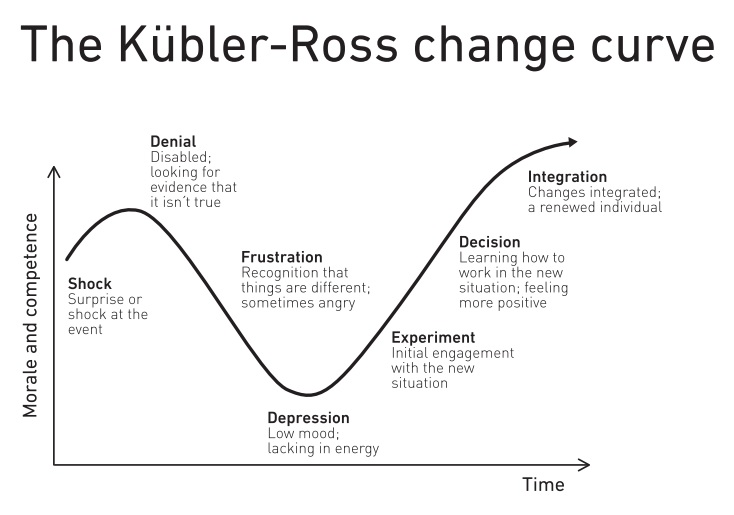 Change is the only constant in life or as some say, change is a fact of life. My company goes through a major change every other year, so communicating change has become an almost daily routine for me.
Change is the only constant in life or as some say, change is a fact of life. My company goes through a major change every other year, so communicating change has become an almost daily routine for me.
At times I hear people refer to change communication and change management interchangeably although these are two different things. Some of you may know the John P. Kotter’s famous eight-stage model for change and its management. Change management is a structured approach to help individuals and teams adopt new methods and embrace different reality in the workplace, as well as ensure that changes are thoroughly and smoothly implemented, and that the lasting benefits of change are achieved. It consists of multiple components that Kotter outlined, starting with establishing a sense of urgency and finishing with instituting a change. However, what about the people we are taking with us on a change journey? How are they affected?
When explaining the impact of change on employee behaviours, I like using the Kübler-Ross five stages of grief, developed as a result of working with terminally ill patients, which are applicable to any transformation individuals go through:
Communication is one of crucial elements of change management. If done right, communication raises the level of understanding of what is happening, what it means for the organisation and ultimately for the individual, what role employees will play in the change process, and also manages their expectations. Based on the Towers Watson change and communication ROI study, organisations with effective change and communication management are 3.5 times as likely to significantly outperform their peers. So, how do we go about communicating change?
Overall, there are three phases to consider:
Preparation – you need to have a solid strategy and a detailed plan with concise and simple key messages. Try to understand your employees’ concerns – do not forget you are taking them on a journey and you want them to follow closely, not to lag behind. This can also be an ideal opportunity to offer coaching to your leaders and provide supporting materials to line managers to ensure they understand how to deal with what employees are going through.
Drive – use multiple channels to communicate and align the organisation with the change – people consume information in different ways and you are trying to make all employees understand what is happening. Establish a two-way communication. One of Stephen Covey’s Seven Habits of Highly Effective People is ‘seek first to understand, then to be understood’ which captures the value of listening in communication. So, communicate openly and honestly with an opportunity for feedback as people want to feel they are part of the process. You can also target influential leaders and managers to help drive the change.
Reinforcement – in this phase you repeat some of what has been communicated, tell success stories, lessons learned, inform on progress of the change taking place, and celebrate successes. This is also a perfect moment to say thank you to your people. Recognition is paramount in times of change, so people need to see their efforts are appreciated and valued, which will encourage them to keep up the good work.

Change is difficult and can be challenging for even the most experienced of leaders. While there’s certainly an adjustment period involved, if we lead from a place of understanding and clarity, we will achieve positive outcomes. Good communication contributes to eliminating people’s fears of and resistance to change.
Remember, communication is happening even when we are silent; such approach, however, can generate rumours which may negatively impact productivity as well as retention. It is easier to build awareness and understanding of an upcoming change by communicating clearly from the start than fixing a negative impact of silence later on. Based on my experience, best results are produced when we proactively and consistently keep our teams informed – effective communication can help successfully sail the ever-changing and sometimes rough waters of a company environment.
By Tereza Urbánková


[…] Originally posted by Tereza Urbánková on Czech&Slovak Leaders […]